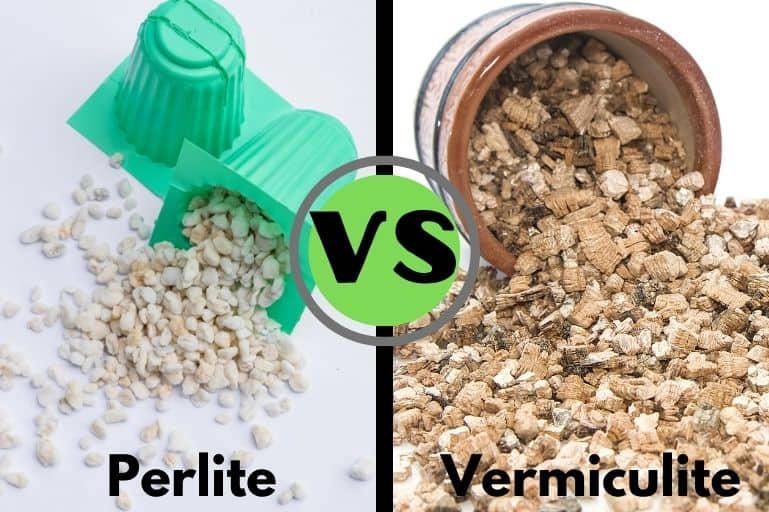When it comes to gardening, few materials are as popular as perlite. This lightweight, volcanic material is prized for its ability to improve soil aeration and drainage, making it a go-to choice for potting mixes and hydroponic systems. But what happens when perlite isn’t available, is too expensive, or you want a more environmentally-friendly alternative? Finding a suitable substitute for perlite can help you achieve similar benefits for your garden without breaking the bank or compromising sustainability.

What Is Perlite and Why Is It Used in Gardening?
Before we explore substitutes for perlite, it’s crucial to understand what perlite is and why it plays such a key role in gardening. Perlite is a naturally occurring volcanic glass that, when heated to high temperatures, expands into lightweight, porous granules. This process turns it into the familiar white particles often found in potting mixes.
Key Benefits of Perlite:
- Aeration: Perlite helps create air pockets in the soil, which improves oxygen flow to plant roots.
- Drainage: It allows excess water to drain away, reducing the risk of root rot and promoting healthier growth.
- Inert Material: Perlite doesn’t decompose or alter the pH of your soil over time, making it ideal for long-term use.
Common Uses for Perlite in Gardening
- Potting Mixes: Perlite is often added to potting soil to improve texture and drainage. It helps prevent the soil from becoming compacted, ensuring that roots can breathe and water doesn’t stagnate.
- Seed Starting: Its lightweight nature makes it perfect for seed starting trays, providing just the right amount of water retention and drainage for young plants.
- Hydroponics: Perlite is often used as a growing medium in hydroponic systems because it supports root development while providing excellent drainage.
- Soil Conditioning: In gardens with heavy clay soil, perlite helps to loosen the soil, making it easier for plants to take root and grow.
While perlite is highly effective, there are situations where a substitute may be preferable. Whether it’s environmental concerns about mining perlite or simply the cost and availability, plenty of substitutes for perlite offer similar benefits.
FAQs About Perlite Substitutes
Choosing the right substitute for perlite can raise a lot of questions, especially if you’re new to gardening or experimenting with different materials.
1. Can I Use Styrofoam as a Perlite Substitute?
While it’s technically possible to use small pieces of Styrofoam to improve soil aeration and drainage, it’s not an environmentally friendly option. Styrofoam is not biodegradable, and its use in gardening has raised concerns due to its potential to break down into microplastics, which can harm the environment.
- Pros: Lightweight and inexpensive.
- Cons: Non-biodegradable, environmentally harmful, and does not contribute to soil health.
- Verdict: Styrofoam can be used in a pinch, but it’s far from the best choice. Opt for more sustainable alternatives like pumice or rice hulls if possible.
2. Is Vermiculite or Perlite Better for Indoor Plants?
Both vermiculite and perlite have their advantages, but the best choice depends on your specific plant needs.
- Vermiculite: Better for moisture-loving plants because it retains water. It’s a great choice for indoor plants that need consistent moisture, such as ferns or peace lilies.
- Perlite: Ideal for plants that require excellent drainage, such as succulents or cacti. Perlite promotes good air circulation and helps prevent root rot by allowing water to drain away quickly.
If your indoor plants need more water, go with vermiculite. For plants that prefer drier conditions, perlite or a similar substitute like pumice would be a better choice.
3. Can I Mix Perlite Substitutes Like Pumice and Coconut Coir?
Yes! In fact, mixing perlite substitutes can give you the best of both worlds by balancing moisture retention and drainage. For instance, combining pumice, which offers excellent drainage, with coconut coir, which retains water, creates a potting mix that provides both aeration and moisture control.
- Example: A mix of 40% coconut coir and 40% pumice with 20% compost would offer a balanced medium for most indoor plants, providing enough moisture without risking waterlogging.
4. Do I Need to Replace Perlite Substitutes Over Time?
It depends on the substitute you choose. Some materials break down over time, while others are more durable:
- Rice Hulls and Wood Chips: These organic materials decompose over time and will need to be replenished regularly. As they break down, they add organic matter to the soil, which can be beneficial.
- Pumice and Expanded Clay Pellets: These materials do not decompose and can be used for many years without needing to be replaced. This makes them a great long-term solution for both indoor and outdoor gardening.
If you’re looking for a low-maintenance solution, consider durable materials like pumice or expanded clay pellets. If you prefer materials that add organic matter to your soil, opt for rice hulls or wood chips, but be prepared to replace them over time.


